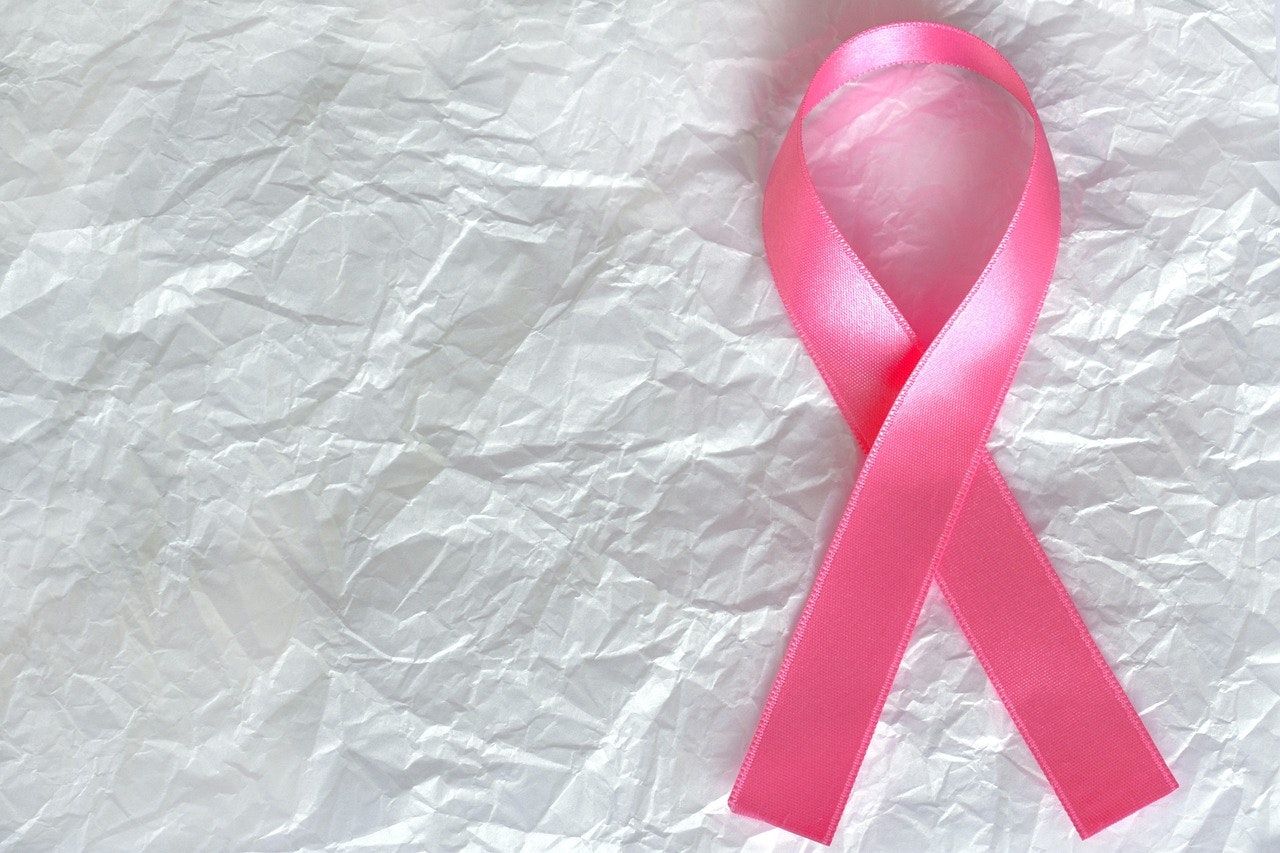
More Than Pink: Keeping the Promise Beyond Breast Cancer Awareness Month
October has been painted pink, a vivid reminder of Breast Cancer Awareness Month—a time for increased conversation, fundraising, and a collective push for early detection. As the month draws to a close, it's crucial to ask ourselves: How do we carry this momentum forward?
Breast cancer doesn't observe a calendar. For the millions of survivors, those currently undergoing treatment, and the loved ones who support them, this battle is fought year-round. Our commitment to awareness, education, and support must be year-round, too.
The Facts We Can't Forget
The statistics highlighted this month are sobering, reminding us why this fight is so vital:
-
Prevalence: Approximately 1 in 8 women in the United States will be diagnosed with breast cancer in their lifetime. It remains the most common non-skin cancer in women.
-
The Power of Early Detection: The 5-year relative survival rate for localized (early-stage) breast cancer is an incredible . This single number underscores the life-saving importance of routine screening.
-
Persistent Disparities: We must acknowledge the tragic reality that women of color are about 40% more likely to die from breast cancer than white women, highlighting the urgent need to address systemic barriers to equitable care.
-
Men Get Breast Cancer Too: Though rare, breast cancer is not exclusive to women. Thousands of men are diagnosed each year, and awareness is key to their early detection as well.
A Year-Round Action Plan
The pink ribbons of October are simply a starting line. Here are practical ways we can all commit to action in November and every month after:
1. Prioritize Screening & Self-Awareness
The most important takeaway is to know your body.
-
Know Your Normal: Perform regular self-checks to understand the look and feel of your breasts. If you notice any changes (lumps, dimpling, swelling, or nipple discharge), contact your healthcare provider immediately.
-
Schedule Your Mammogram: Talk to your doctor about when you should begin and how often you should receive a mammogram based on your personal risk factors and family history.
2. Advocate for Health Equity
Access to life-saving screenings and quality care should not be determined by race, socioeconomic status, or zip code. Support organizations that:
-
Provide free or low-cost screening and diagnostic services to underserved communities.
-
Fund research specifically focused on aggressive breast cancer subtypes prevalent in marginalized groups.
3. Support Survivors and Thrivers
The emotional and financial toll of a breast cancer diagnosis is immense.
-
Lend a Hand: Offer practical support to someone in your life who is facing or has faced breast cancer—a meal, a ride to an appointment, or simply a listening ear.
-
Donate Wisely: When you choose to donate, look for organizations that direct a significant portion of their funds toward cutting-edge research, patient support, and vital community programs.
The True Meaning of Pink
October 31st marks the end of Breast Cancer Awareness Month, but it does not mark the end of the fight. The color pink represents resilience, courage, and hope. Let's make sure that hope is an evergreen commitment.
Your action today—whether a conversation with a loved one about their health, scheduling your own appointment, or supporting a research initiative—is a promise kept. Let's keep that promise 365 days a year.
Disclaimer: This post is for informational purposes only and is not a substitute for professional medical advice, diagnosis, or treatment. Always seek the advice of a qualified health provider with any questions you may have regarding a medical condition.
